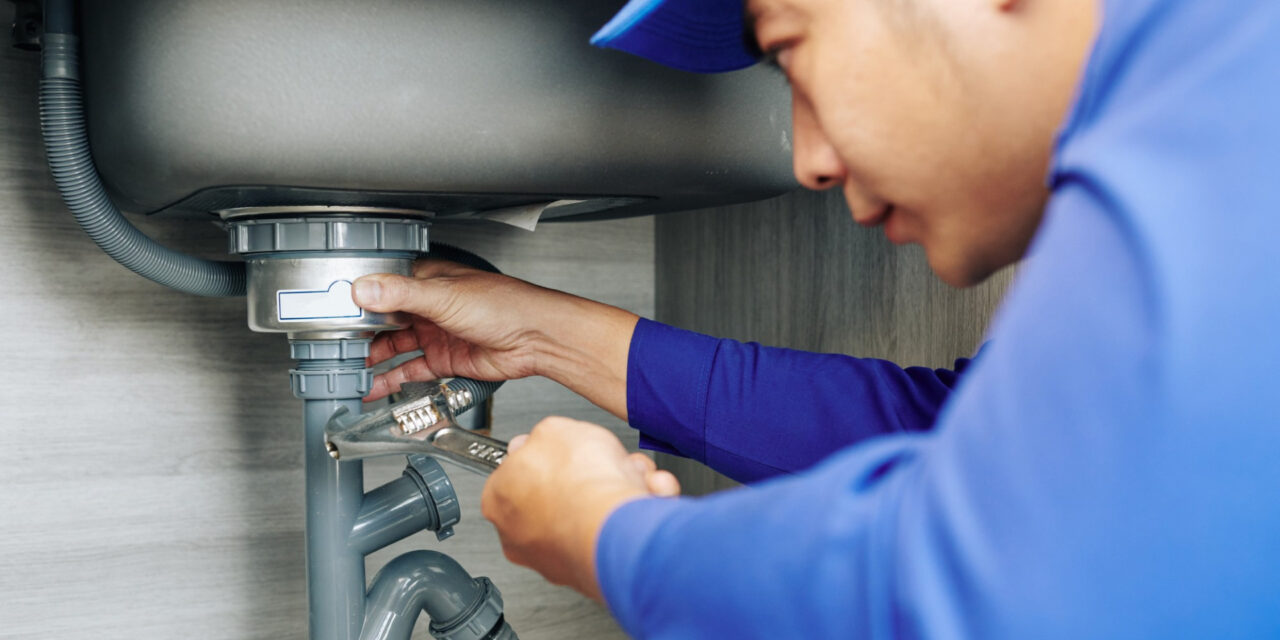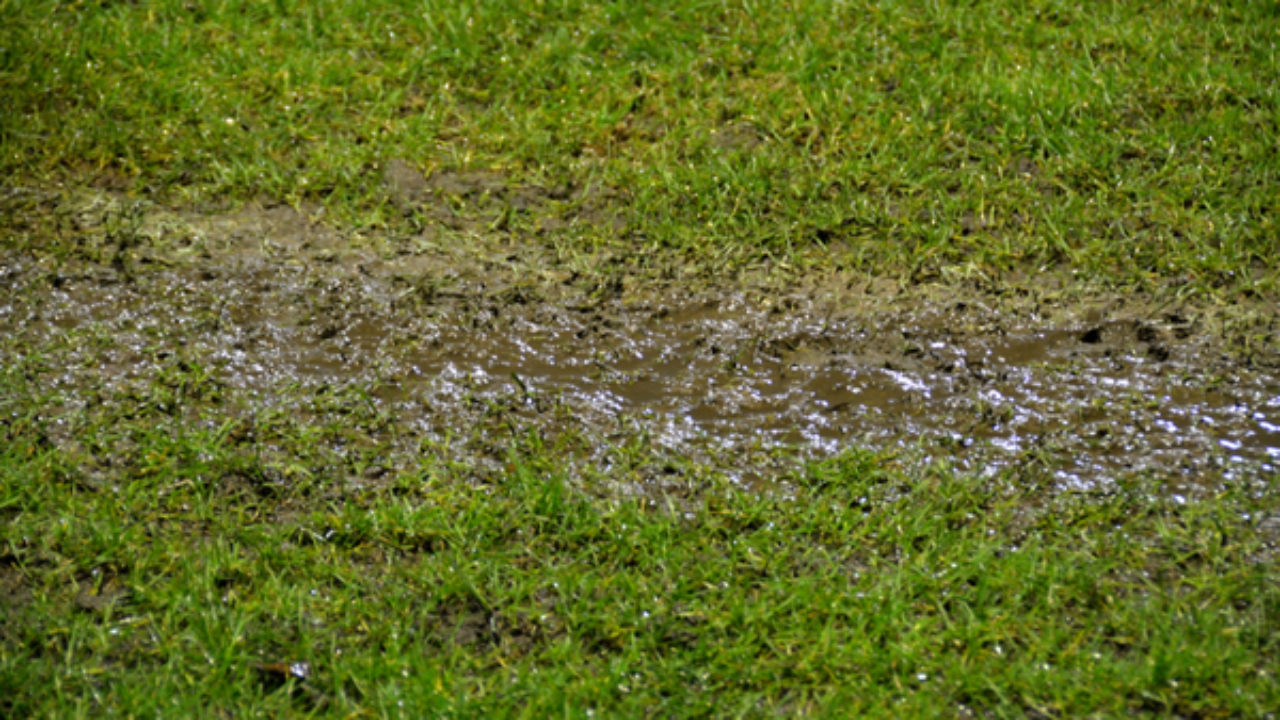6 Ways to Locate Concealed Water Leakages in Your Home
6 Ways to Locate Concealed Water Leakages in Your Home
Blog Article
We have stumbled on this article on Leaking water lines below on the net and felt it made sense to relate it with you on this site.

Early discovery of leaking water lines can reduce a possible disaster. Besides conserving you cash, it will reduce the worry and irritation. The minute you find a leak, calling your plumber for repair work is the very best option. Nonetheless, some little water leakages might not show up. Here are some hacks that aid if you can not identify it with your nude eyes.
1. Check Out the Water Meter
Every house has a water meter. Inspecting it is a guaranteed way that assists you uncover leakages. For beginners, shut off all the water resources. Guarantee no one will flush, utilize the faucet, shower, run the washing device or dishwasher. From there, go to the meter as well as watch if it will alter. Since no person is utilizing it, there must be no movements. That shows a fast-moving leak if it relocates. Similarly, if you find no changes, wait an hour or two and also inspect back once again. This indicates you may have a slow-moving leak that can even be below ground.
2. Examine Water Intake
Assess your water costs and also track your water consumption. As the one paying it, you need to notice if there are any type of disparities. If you spot sudden changes, despite your usage being the same, it indicates that you have leakages in your plumbing system. Bear in mind, your water costs need to drop under the very same array on a monthly basis. A sudden spike in your bill indicates a fast-moving leakage.
A consistent rise every month, even with the exact same behaviors, reveals you have a sluggish leak that's also gradually rising. Call a plumber to thoroughly check your residential or commercial property, specifically if you really feel a warm area on your floor with piping below.
3. Do a Food Coloring Test
When it comes to water usage, 30% comes from toilets. If the shade in some way infiltrates your bowl throughout that time without flushing, there's a leak between the container as well as dish.
4. Asses Outside Lines
Don't neglect to inspect your outside water lines also. Examination spigots by connecting a yard hose pipe. Must water seep out of the connection, you have a loose rubber gasket. Replace this and also guarantee all connections are limited. It will certainly assist get it professionally checked out as well as preserved annually if you have actually got a sprinkler system. One tiny leakage can lose tons of water as well as surge your water bill.
5. Examine and also Analyze the Scenario
Home owners should make it a habit to examine under the sink counters as well as even inside cupboards for any kind of bad odor or mold development. These 2 warnings suggest a leakage so punctual focus is needed. Doing routine assessments, also bi-annually, can conserve you from a major trouble.
Inspect for stainings and deteriorating as the majority of appliances and pipes have a life expectancy. If you believe leaking water lines in your plumbing system, do not wait for it to escalate.
Early detection of leaking water lines can alleviate a potential catastrophe. Some tiny water leakages may not be visible. Inspecting it is a guaranteed means that aids you discover leaks. One little leak can throw away lots of water and also surge your water bill.
If you presume dripping water lines in your plumbing system, do not wait for it to rise.
WARNING SIGNS OF WATER LEAKAGE BEHIND THE WALL
PERSISTENT MUSTY ODORS
As water slowly drips from a leaky pipe inside the wall, flooring and sheetrock stay damp and develop an odor similar to wet cardboard. It generates a musty smell that can help you find hidden leaks.
MOLD IN UNUSUAL AREAS
Mold usually grows in wet areas like kitchens, baths and laundry rooms. If you spot the stuff on walls or baseboards in other rooms of the house, it’s a good indicator of undetected water leaks.
STAINS THAT GROW
When mold thrives around a leaky pipe, it sometimes takes hold on the inside surface of the affected wall. A growing stain on otherwise clean sheetrock is often your sign of a hidden plumbing problem.
PEELING OR BUBBLING WALLPAPER / PAINT
This clue is easy to miss in rooms that don’t get much use. When you see wallpaper separating along seams or paint bubbling or flaking off the wall, blame sheetrock that stays wet because of an undetected leak.
BUCKLED CEILINGS AND STAINED FLOORS
If ceilings or floors in bathrooms, kitchens or laundry areas develop structural problems, don’t rule out constant damp inside the walls. Wet sheetrock can affect adjacent framing, flooring and ceilings.
https://www.servicemasterbyzaba.com/blog/how-to-detect-water-leakage-in-walls/

I was guided to that write-up about Finding hidden leaks from a good friend on our other web blog. Are you aware of somebody who is fascinated by the subject? Do not hesitate to promote it. Thanks a bunch for your time. Please check our site back soon.
Report this page